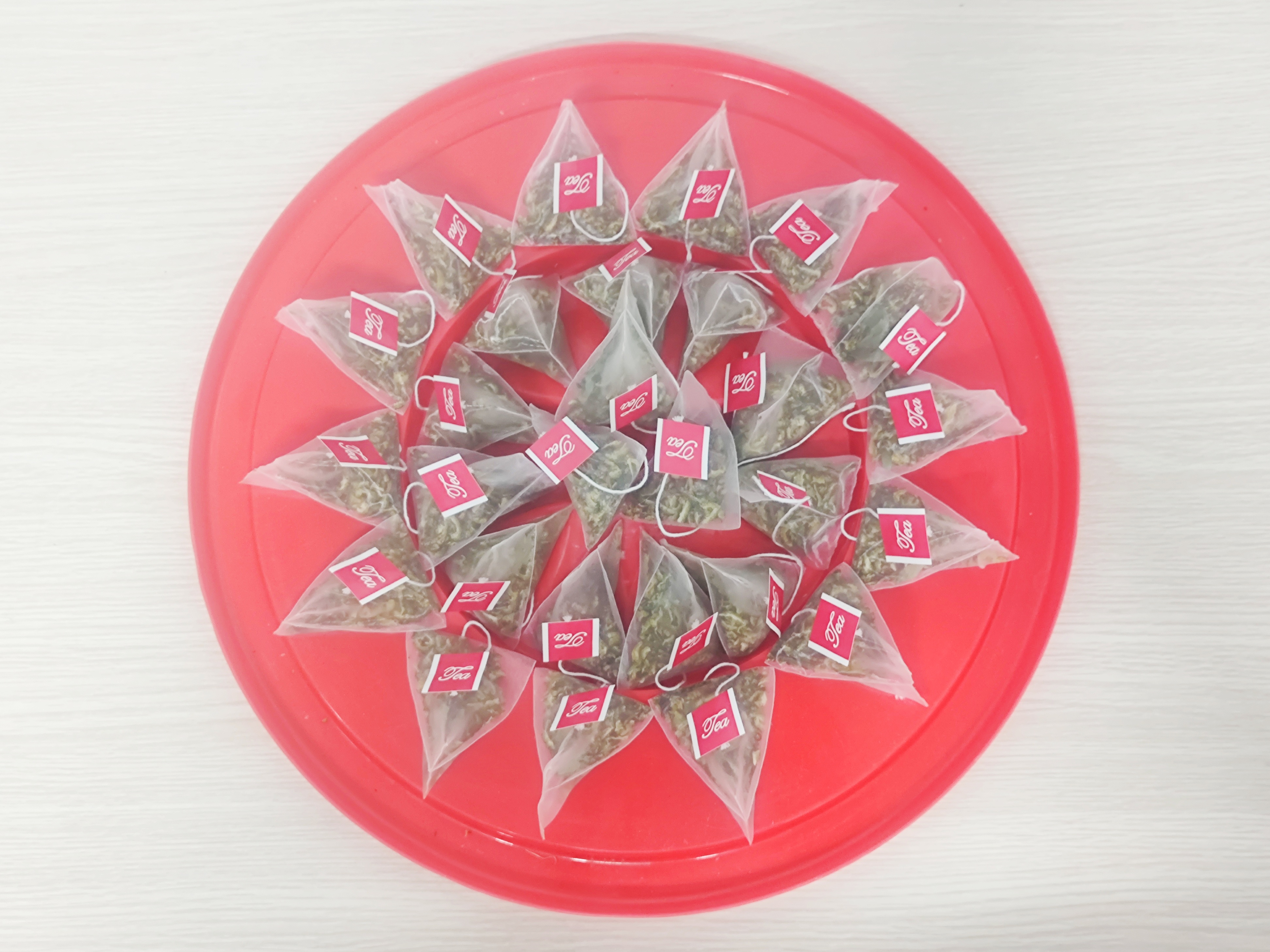King orange (Citrus nobilis) is a major citrus fruit widely used for fresh juice or canned beverages. While the pulp is the main part used, the peel accounts for about 20–30% of the fruit’s total weight and is considered a significant byproduct of the processing industry. Although king orange peel is rarely used, it contains many bioactive compounds beneficial to human health, such as essential oils, flavonoids, and polyphenols. The peel of Vietnamese king orange primarily contains essential oils in the outer layer, similar to other citrus fruits in the Citrus genus, including limonene, pinene, β-myrcene, γ-terpinene, and notably thymol, o-cymene, caryophyllene, trans-α-bergamotene, and caryophyllene oxide. Additionally, it is rich in pigments from the flavonoid group, including hesperidin, hesperetin, naringin, tangeretin, and nobiletin.
Citrus peels are a valuable source of polyphenols, and several studies have demonstrated their ability to inhibit hyperglycemia. Citrus flavonoids such as hesperidin, neohesperidin, and naringin—extracted from both the green and white layers of the peel—have shown antihyperglycemic effects on HepG2 cells. According to Li et al. (2009), citrus peels exhibit various biological activities such as antioxidant, anti-inflammatory, anticancer, antithrombotic, antihypertensive, antidiabetic, and anti-atherosclerotic properties. Orange peel byproducts can serve as a rich source of polyphenolic compounds, containing higher levels of natural flavonoids and polyphenols compared to the edible parts.
Processing king orange peel into tea bags enhances the usability of this important byproduct due to its ease of use and storage. Although studies exist on the chemical composition and extraction processes of Vietnamese king orange peel and similar species globally, there remains limited research on the bioactivity of king orange peel tea extracts. Therefore, determining the content of bioactive compounds (total polyphenols and total flavonoids) and evaluating the antioxidant, anti-inflammatory, and enzyme inhibitory activities of king orange peel tea extracts may open new avenues to add value to byproducts and promote circular economy practices in king orange production.
Preparation Process of King Orange Peel Tea:
Fresh orange peel (including both the green outer layer and the white inner layer in a 1:1 ratio) is sliced into 1–2 mm pieces, blanched in boiling water (100°C for 120 seconds), and quickly cooled with cold water. The slices are soaked in salt (NaCl 10% w/v, peel/salt ratio 1:5) for 30 minutes to remove bitterness, then soaked in 1% CaCl₂ solution (w/v) for another 30 minutes, followed by rinsing with clean water. The treated peels are then dried using a convection dryer at 50±2°C until the moisture content reaches 60%, before undergoing pan-roasting at 120±2°C until final moisture drops to 8%. After cooling and grinding, the product is packaged into tea bags.
The tea was qualitatively analyzed for several bioactive compounds and quantitatively measured for total polyphenols and flavonoids. Antioxidant capacity was evaluated through free radical scavenging activity using DPPH and ABTS assays, along with ferric reducing antioxidant power (FRAP). The anti-inflammatory potential was assessed via inhibition of protein denaturation in vitro. Inhibition of the enzyme α-amylase by the tea extract was determined through the iodine-starch color reaction.

Analysis confirmed the presence of several bioactive compounds in the king orange peel tea extract, including alkaloids, flavonoids, phenolics, saponins, terpenoids, and tannins. The total polyphenol and flavonoid contents were 16.03±1.22 mg GAE/g extract and 35.67±1.18 mg QE/g extract, respectively. Antioxidant activity determined by DPPH, ABTS, and FRAP assays yielded IC₅₀ values of 244.70±2.78 μg/mL, 319.66±2.88 μg/mL, and 228.75±2.69 μg/mL, respectively. Furthermore, the extract demonstrated strong in vitro anti-inflammatory activity, with an IC₅₀ of 469.79±3.16 µg/mL. Additionally, the extract showed in vitro α-amylase inhibitory activity with an IC₅₀ value of 1105.26±1.32 μg/mL.

King orange peel tea retains many beneficial bioactive compounds even after processing and demonstrates significant biological activities. Therefore, it has potential application in the food industry to enhance the value of king orange byproducts.
Ngày đăng: 02-06-2025
Tác giả: Journal of Nutrition and Food Sciences, Volume 20, Issue 5 – 2024, Pages 19–34.

